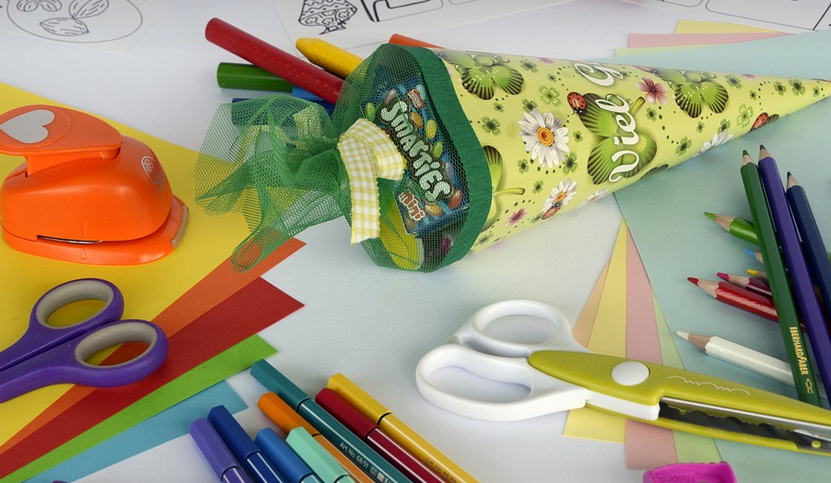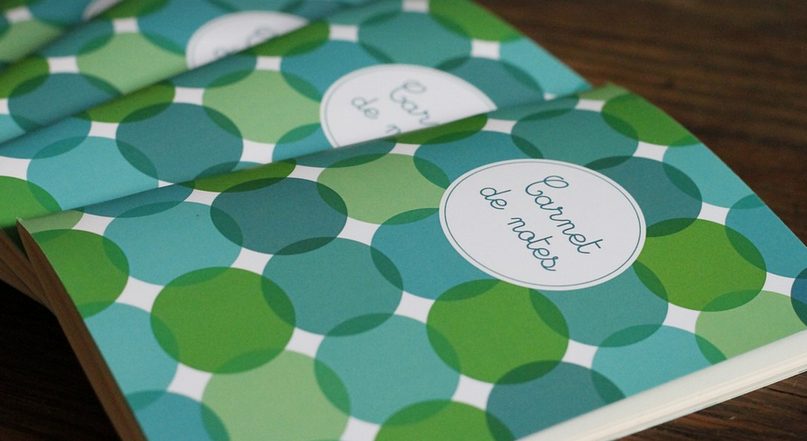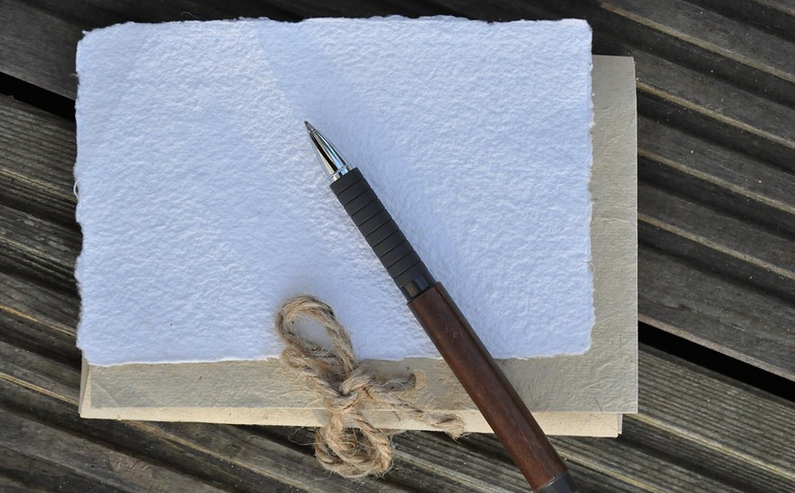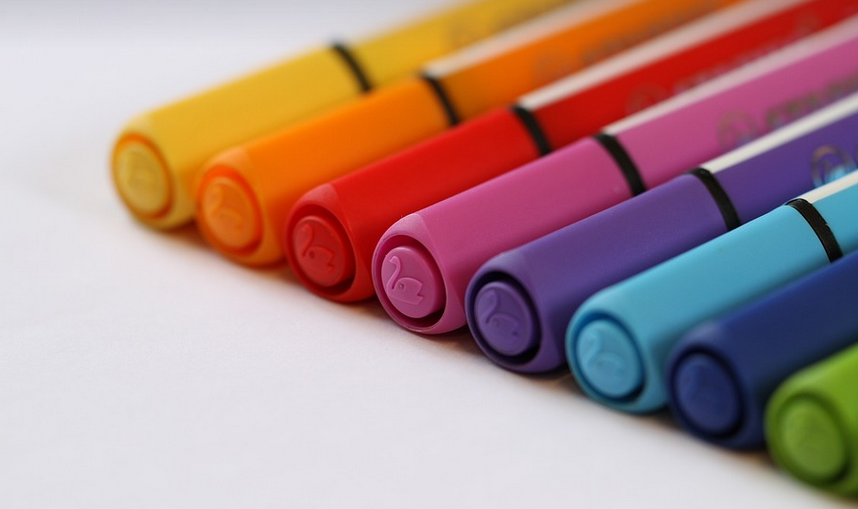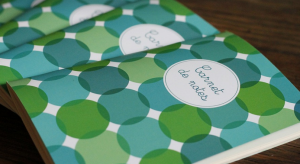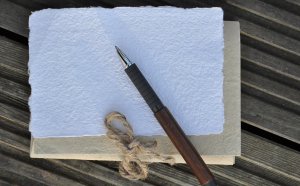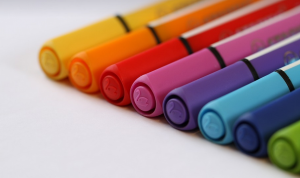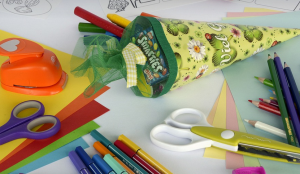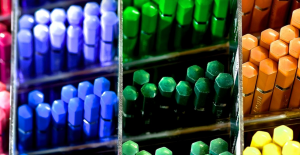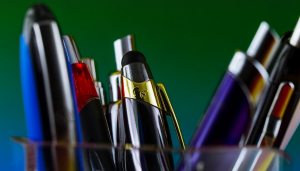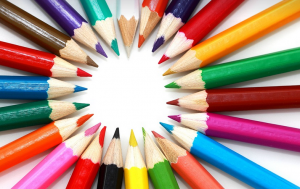Mastering the Magic of Ions
Learning about ionic bonds can feel like navigating a complex maze, especially when it comes to visualizing the intricate dance between positively charged ions and negatively charged ones. Fear not! This guide will equip you with the tools to confidently draw these fascinating bonds.
Why Ionic Bonds Matter
Understanding ionic bonds is crucial for comprehending the structure of many materials around us, from table salt (NaCl) to metals like sodium and potassium which are essential components in various industrial processes. These bonds play a critical role in determining properties such as melting point, solubility, and conductivity.
A Closer Look at Ionic Bonds
In essence, ionic bonds arise when an atom with a relatively high tendency to lose electrons (hence, be positively charged) interacts with an atom that readily gains those electrons (becoming negatively charged). This process creates ions, each with opposite charges that attract one another. Think of it as magnets pulling towards each other! The electrostatic attraction between these charged particles is what holds the bond together.
These bonds are primarily responsible for creating compounds like sodium chloride (NaCl), commonly known as table salt. Sodium, an alkali metal in the periodic table, easily loses its valence electron to become a positively charged cation. Chlorine, another non-metal, readily gains an electron to form a negatively charged anion. This electrostatic attraction forms the ionic bond that makes table salt so stable and essential for life.
Drawing Ionic Bonds: A Step-by-Step Guide
Let’s dive into the process of drawing ionic bonds, step by step.
**1. Identify the Elements:** First, you need to know what elements are forming the bond. An ionic bond will involve a metal and a non-metal.
**2. Determine the Charges:** The key to understanding an ionic bond lies in knowing the charge of each element involved. For example, sodium (Na) with its one valence electron easily loses it to become Na+, while chlorine (Cl) gains that electron to become Cl-.
**3. Visualize the Structure:** Picture both atoms as having a nucleus surrounded by electrons. When you visualize this, you can start drawing how these negatively charged electrons will be attracted to the positively charged ions.
**4. Draw the Bonds:** Now comes the exciting part! You’ll need to draw the actual bond between the two elements. You should see a clear transfer of electrons and the formation of positive and negative charges.
**5. Add Electrons:** Once you’ve drawn the bonds, it’s time to add in the actual electron-sharing process that forms the ionic bond.
Tips for Success
Here are some additional tips to help you with your drawing journey:
- **Start Simple:** Begin by practicing with basic elements like sodium and chlorine.
- **Use Clear Lines:** Ensure your lines are straight, clearly defining the positive and negative ions.
- **Color Coding:** Color-coding helps visualize the charges better. You can use blue for the negatively charged anions (Cl-) and red to represent cations (Na+).
- **Reference Materials:** There are plenty of resources online with diagrams that show how ionic bonds form, including detailed and interactive tutorials.
Remember, drawing ionic bonds is about understanding the fundamental principles behind these fascinating interactions. These simple steps combined with practice will help you master this skill and unlock a deeper understanding of the world around us.
